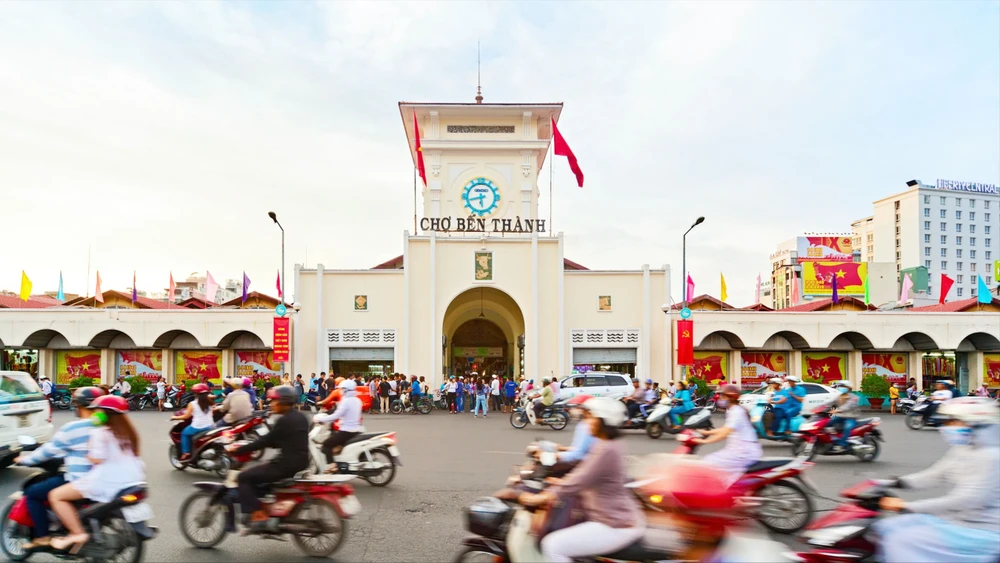
"Experiencing" 10 outstanding heritage types in Ho Chi Minh City
Urban cultural heritage, specifically understood as a collection of places, locations, neighborhoods, structures and customs that a society inherits from the past, wants to preserve and pass on to future generations.
From the historical characteristics of the formation and development process, it can be recognized that the Saigon - Ho Chi Minh City urban heritage system is the relics and works reflecting the development and cultural life of the city, including 10 types, dating from prehistoric times to the mid-20th century.
Let's explore 10 outstanding types of heritage right in Ho Chi Minh City. First of all, there are two types of archaeological relics (underground and above ground), this is a system of more than 30 prehistoric archaeological relics dating back about 3,000-2,000 years ago, along with sites with traces of the Oc Eo Culture period of the kingdom of Phu Nam.
These relics are located underground, discovered and studied through archaeological excavations. This type is concentrated in highland areas (Thu Duc City) and mangrove forests (Can Gio District). In Can Gio, there is a national historical and cultural relic called Giong Ca Vo. In District 8, the Hung Loi ancient pottery kiln relic is typical of the famous Saigon pottery village in the 18th-19th centuries.
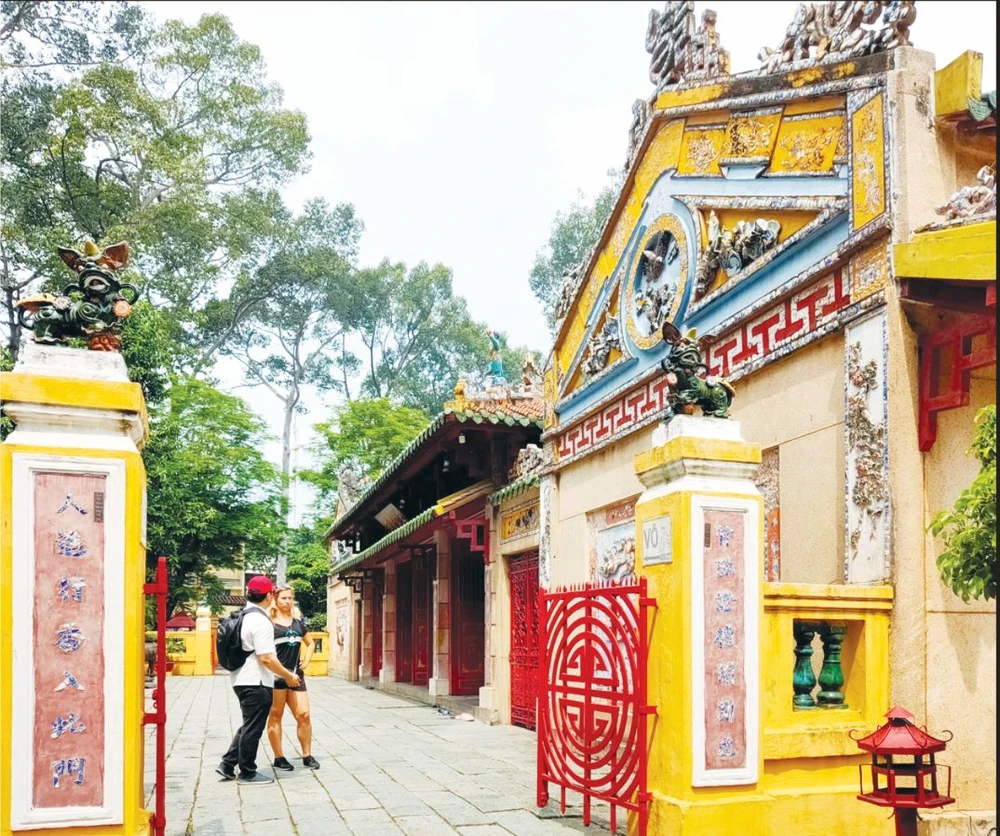
Regarding urban landscape, the landscape characteristics of the central urban area of Saigon are based on two main factors: river city (Saigon River, Ben Nghe Canal) and Western-style urban area (main roads perpendicular or parallel to rivers and canals forming a chessboard). The central area has administrative and commercial service functions with suitable architectural styles.
Some landscapes such as Bach Dang Wharf, Nguyen Hue roundabout, Ben Thanh Market roundabout, Dong Khoi street, Ton Duc Thang street... are typical of Saigon urban landscape heritage.
The landscape of the central area is considered the “urban appearance” in terms of planning and architecture, and at the same time reflects the history and culture of that city. In many countries, the urban landscape is an area that is always focused on preservation to preserve the history and culture of the city, thereby developing the heritage economy and tourism economy very well.
Urban heritage reflects the historical process, cultural characteristics and conservation methods of the community and the government. Urban heritage has important historical and cultural values, passed down through historical relics and urban memories, giving residents knowledge, understanding and affection for the city.
At the same time, urban heritage also has economic value, is a huge source of social capital, if used and exploited properly, will contribute significantly to building a modern, humane and sustainably developed Ho Chi Minh City.
Regarding architectural works, Ho Chi Minh City has a number of office buildings, cultural and educational buildings concentrated in District 1, District 3 and District 5, reflecting the architectural characteristics of Saigon from the mid-19th century to the mid-20th century.
Meanwhile, many religious and belief structures including temples, communal houses, mausoleums, shrines, churches, assembly halls, shrines, chapels, cathedrals... reflect the diversity of origins and cultural harmony of residential communities in the historical process of the city.
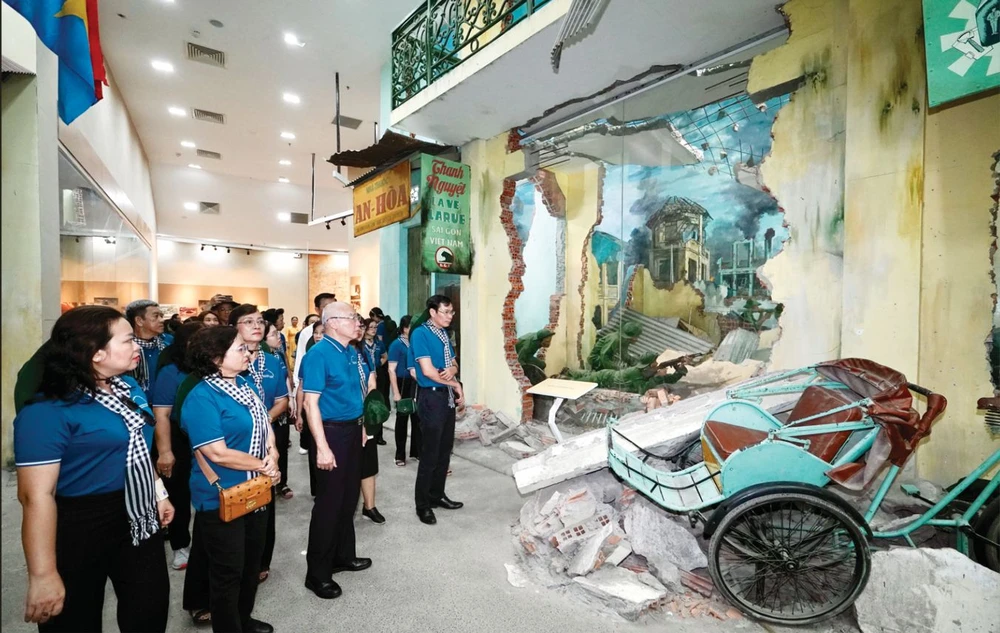
As for residential buildings, the popular type of housing and the typical architectural form of the Vietnamese and Chinese people in the old Gia Dinh region are "traditional houses" and "East-West combination" architectural works.
These are old French-style houses combined with garden landscapes and traditional interior design. Adjacent to the center is a Western-style villa-style residential area with gardens and a building design adapted to the tropical climate.
Regarding urban and industrial infrastructure relics, Saigon is the place where industrial facilities serving the city were formed quite early, such as power plants (lighthouses), water supply systems; then some industrial facilities such as Ba Son Factory (from the Nguyen Dynasty's waterworks), the rice milling factory system along Binh Dong Wharf, the port system...
All of this reflects an urban area with early industry, a strong trade and service economy, followed by Ho Chi Minh City - the economic locomotive of the whole country.
Regarding the type of burial relics and mausoleums, the Gia Dinh - Saigon area is where the number of tombs of the Nguyen Dynasty Royal Family and high-ranking mandarins is concentrated (second only to the Hue Capital area).
Among the national historical and cultural relics of Ho Chi Minh City, there are 4 relics of the ancient tomb type, typically Le Van Duyet Tomb (Ong Ba Chieu Tomb, Binh Thanh District).
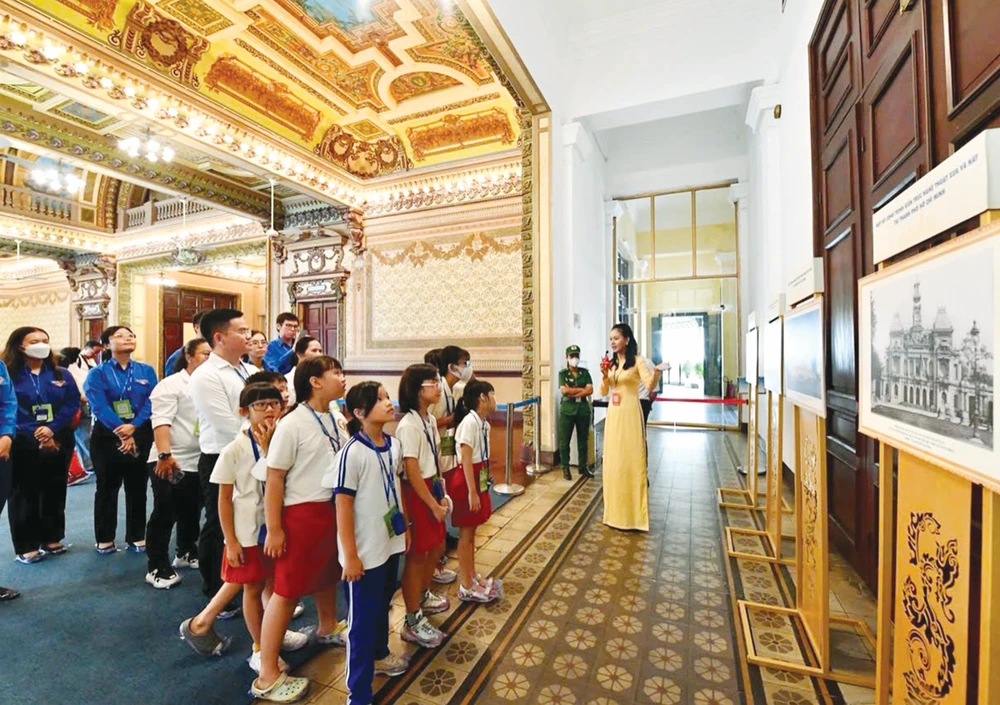
With the citadel relics, the earliest citadel in Saigon was “Luy Ban Bich” (1772). Gia Dinh Citadel - Quy Citadel (1790) was built by Lord Nguyen Anh according to the European model. In 1835, King Minh Mang demolished and built a smaller citadel in the Northeast of the old citadel.
In particular, the Chinese relic complex in the Cho Lon area has contributed to the cultural diversity of Gia Dinh. The Cho Lon area is a complex of many types of architectural relics that clearly reflect the culture, lifestyle, and beliefs of the Chinese. The typical type is the temple relic (also known as assembly hall, communal house, pagoda) belonging to many different Chinese community groups.
In addition, there are public, civil, religious, commercial architectural works... that make up the urban landscape of Cho Lon.
Exploiting “profits” from cultural heritage
In Ho Chi Minh City, cultural heritages have gone through a long period of time without people fully recognizing their values, due to the influence of biases about "traditional" and "foreign" cultures and prejudices about "us" and "the enemy".
Therefore, there was a time when urban cultural heritage was not respected, used and preserved in accordance with its value. On the other hand, due to difficult socio-economic circumstances, there were not enough material and human resources to preserve cultural heritage properly...
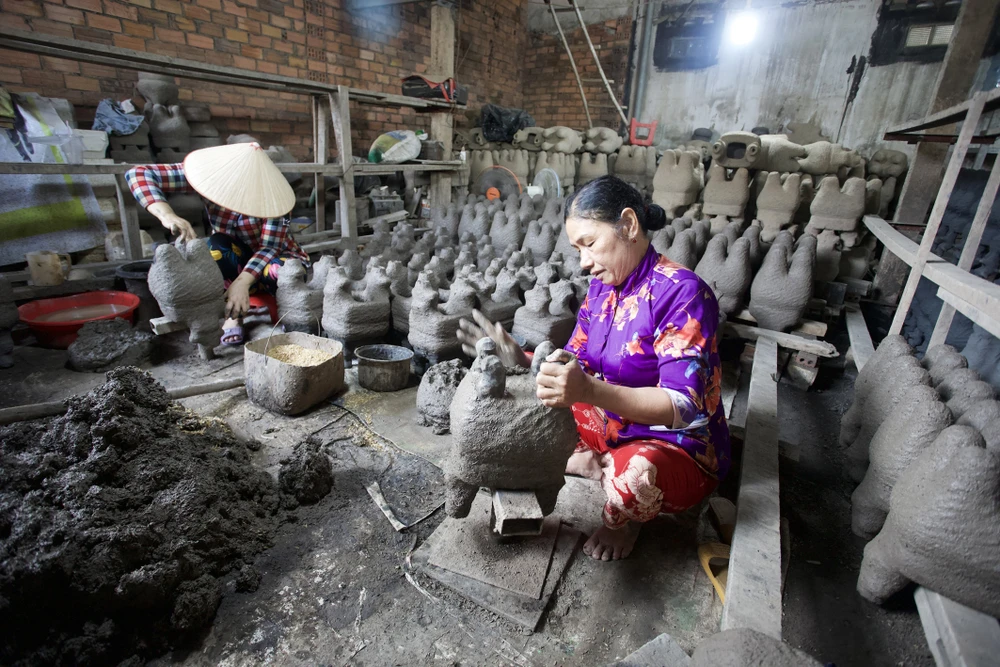
In the last ten years, awareness and perception of cultural heritage in the community has been raised through scientific works, research, literature... along with many policies of the state and city government.
The most unique distinguishing characteristic of cultural heritage is that it cannot be reproduced or replaced, unlike other assets with economic value. The economic value of cultural heritage needs to be viewed in a wide range.
Because the “profit” from the heritage economy is not “cash and rice”, “immediate” but also needs to be exploited appropriately like any other resource, aiming to preserve the resource for sustainable development. The experience of many cities and countries in exploiting “profit” from cultural heritage is:
Preserve the landscape for cultural heritage areas, where the unique architectural, artistic, historical and cultural values of a period are preserved. The existence of heritage in a suitable landscape contributes to increasing the value of the whole area and is a highlight for the whole region.
Enhance public spaces to organize community activities, thereby conveying the meaning and value of heritage to the community, creating habits and memories for the community about cultural heritage.
Developing local tourism, tourism services, crafts, cultural activities, festivals, and even the community's lifestyle are also tourism products.
Increase the value of real estate in cultural heritage areas, by attracting tourists and developing commercial services for tourism, and at the same time increase the cultural value because living in a heritage area is not only rich in money but also shows richness in cultural knowledge.
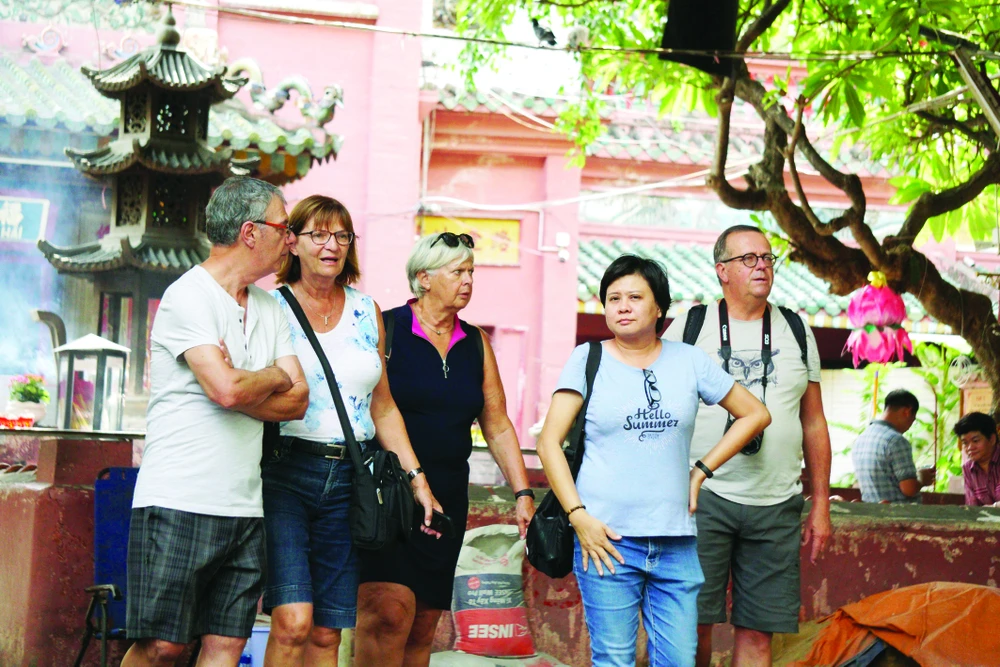
With a history of over 300 years, Saigon - Ho Chi Minh City has experienced many major political events. In 2025, Ho Chi Minh City and the whole country will mark an important milestone: 50 years of peaceful unification and enter a new era of the country!
From scientific and practical awareness, it has been shown that the multifaceted value of the urban heritage of Saigon - Ho Chi Minh City has certain contributions to the overall socio-economic achievements that the city contributes to the whole country. However, the urbanization - modernization process in Ho Chi Minh City cannot avoid negative impacts and breaking the "system" of urban heritage.
Nowadays, in the urban center area, where there are many valuable heritage buildings, investors do not pay due attention to the heritage value of the building. This is an obstacle, even a negative impact on the existence and preservation of urban cultural heritage in particular and cultural heritage in general.
Preserving and promoting the value of urban heritage is a method of building a modern urban area in terms of material but with living space with deep historical and cultural memories. Protecting cultural heritage is for people today and tomorrow to live better and more humanely.
Source: https://www.sggp.org.vn/gin-giu-va-phat-huy-gia-tri-di-san-do-thi-post793419.html





![[Photo] Prime Minister Pham Minh Chinh chairs conference on anti-smuggling, trade fraud, and counterfeit goods](https://vphoto.vietnam.vn/thumb/1200x675/vietnam/resource/IMAGE/2025/5/14/6cd67667e99e4248b7d4f587fd21e37c)



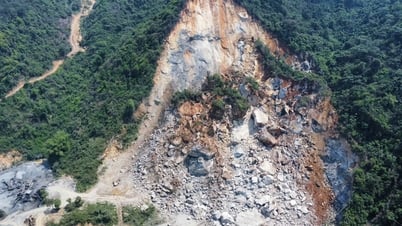
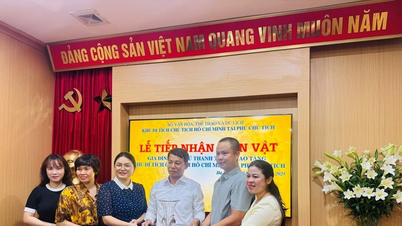
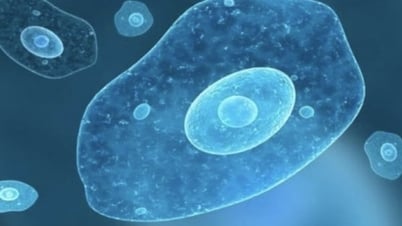
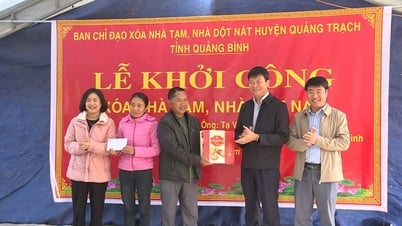
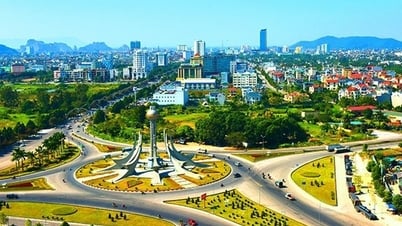






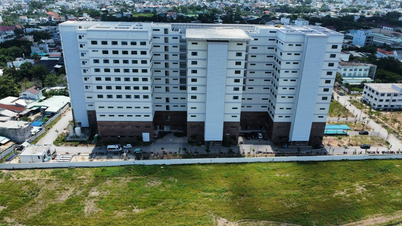
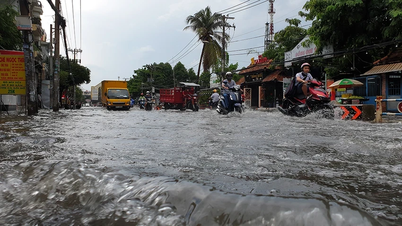
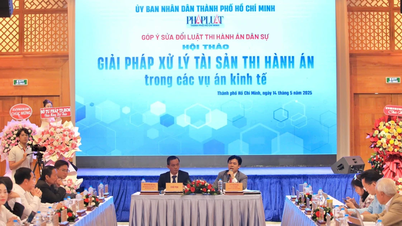











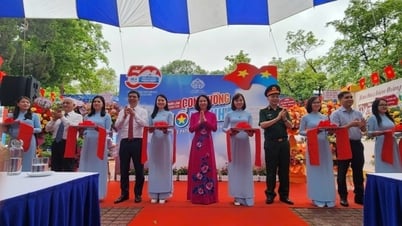

































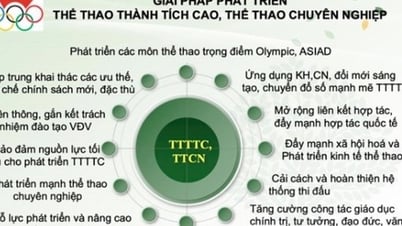


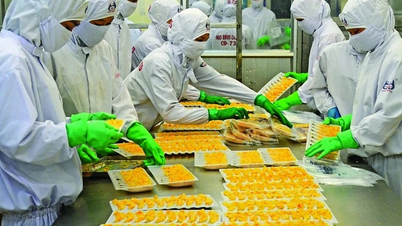


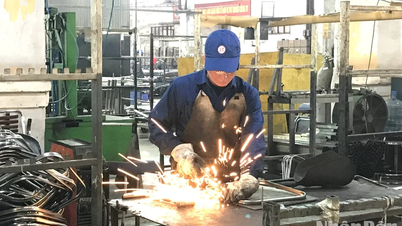



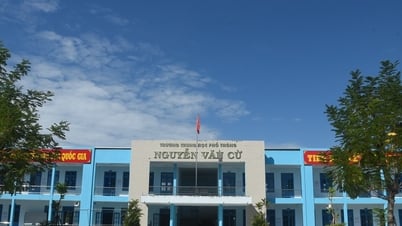



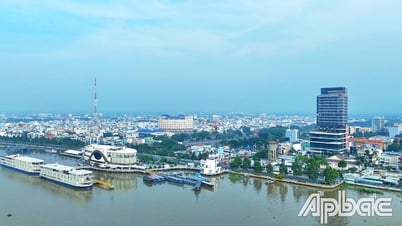








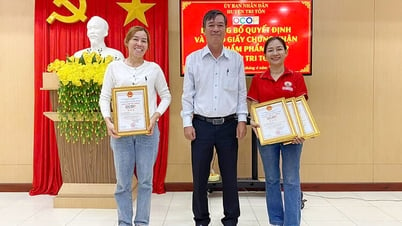

Comment (0)